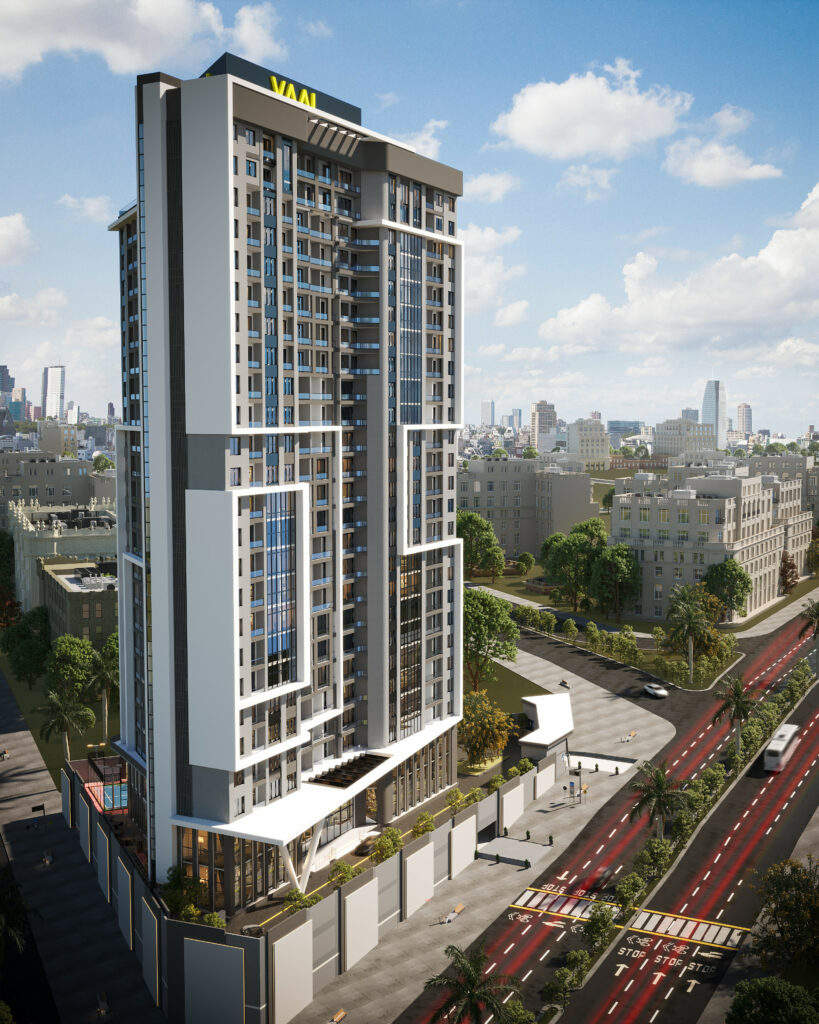The Impact of High Demand Areas in Uganda: Nakasero, Kololo, and Naguru
In Uganda, certain neighborhoods like Nakasero, Kololo, and Naguru are not just popular for their luxury and convenience but also because they have a lot of people living and working there compared to many other areas. This is what we call “occupancy rate.” Let’s explore why this matters and what it means for Uganda’s property scene.

Understanding Occupancy Rate
Occupancy rate is a measure that tells us how many homes or offices are actually being used compared to how many are available. In places such as Nakasero, Kololo, and Naguru, high occupancy rates mean there’s a strong demand for places to live or work there.
Why Occupancy Rate Matters
1. Indicator of Market Health: High occupancy rates in these areas show that they are in high demand. It means people want to live or work there because it’s a good location, safe, and full of amenities. Lower rates might mean the area is less attractive or there’s an economic slowdown.
2. Impact on Investments: Investors look at occupancy rates to decide whether it’s a good idea to buy property there. High rates mean steady rental income, which attracts more investment possibilities.
3. Boosting the Economy: Places with high occupancy rates, such as the ones mentioned above, not only provide rental income but also create jobs and support local businesses. This helps the economy grow because there’s more money flowing into these areas.
Key Neighborhoods: Nakasero, Kololo, and Naguru
1. Nakasero: A mix of homes and businesses with good infrastructure and close to government offices. It’s a top choice for offices and luxury homes. There are many expatriates, well-off Ugandans, and professionals all of whom love living in Nakasero. With a demand this high it is no secret that the occupancy rates for this area are extremely high.
2. Kololo: Known for its high-end housing close to Kampala’s CBD. It’s popular with expatriates and professionals alike because of its safety and good amenities.
3. Naguru: Emerging as a modern area with new buildings and amenities. Well-off families and expatriates like it for its well-constructed roads, modern amenities, and mostly residential area.
Impact on Uganda’s Market
1. Stable Rental Income: High occupancy rates mean property owners in these areas can count on steady rental income. This stability attracts more investors, which helps with property capital appreciation.
2. Urban Growth: The demand for homes and offices in Nakasero, Kololo, and Naguru drives the growth and development of the city. It leads to better roads, utilities, and public spaces, making these neighborhoods even more attractive.
Challenges and Considerations
Sustainability: Managing the growth of these areas is important to keep them nice to live in. This means making sure there’s enough infrastructure and green spaces, and not building too much too fast.
Congested Area: When many people want to live in an area, if not well managed, it can lead to an overcrowded area making it unpleasant for the people living there.
Conclusion
Occupancy rates in Kololo, Nakasero, and Naguru are important for understanding Uganda’s real estate market and where to invest. They show strong demand and economic growth in these areas. Balancing growth with affordability and sustainability will be key to making sure these neighborhoods stay great places to live and work for everyone in Uganda’s evolving real estate landscape.
Nakasero specifically boasts several upcoming huge projects in real estate and seems to be a promising investment location in the upcoming years.
If you are interested in investing in Nakasero and don’t have the time to develop or manage the property yourself, VAAL Real Estate is here to help you. Please contact our real estate property advisors at VAAL Real Estate Uganda for customized consultation and advice on your real estate investment.